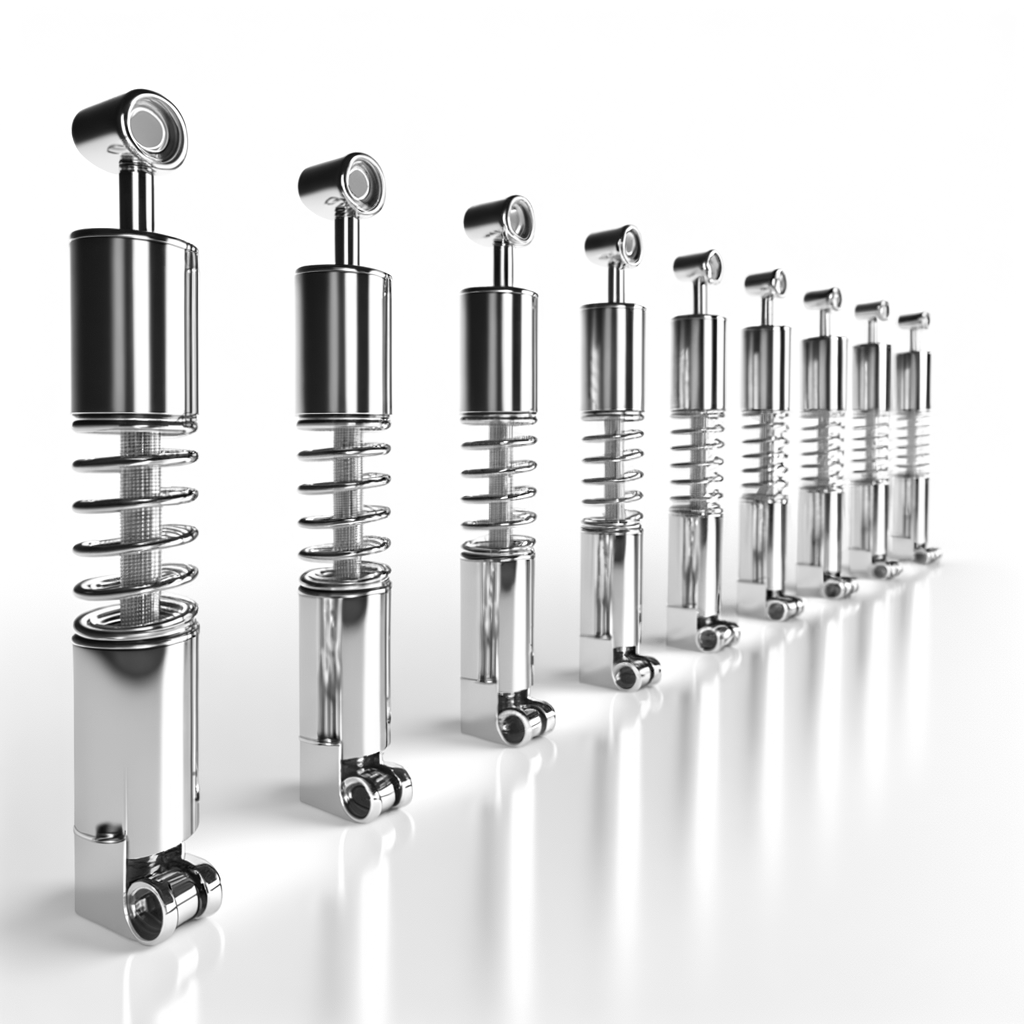ROBOTICS
AUTOMOTIVE
INDUSTRIAL
Innovative Features - Future Directions
Smart Gas Springs: Emerging technologies integrate sensors and electronic controls into gas springs, enabling real-time force adjustments and predictive maintenance. These innovations are transforming traditional gas springs into intelligent components applicable suitable for today's competitive Industries needs.
Lightweight and High-Durability Designs: Advances in materials science have led to the development of lightweight gas springs made from composite materials, offering higher corrosion resistance and longer service life, particularly in aerospace and marine environments.
Sustainability and Recycling:
Environmentally conscious manufacturing processes now emphasize recyclability and the use of eco-friendly materials in gas spring production.
Adaptive Damping Systems:
Electronically controlled damper modules are revolutionising vehicle dynamics by providing real-time adjustments to damping characteristics. These systems, often coupled with gas spring technology, deliver enhanced ride comfort, precise handling, and improved stability. By analysing road conditions, vehicle speed, and driver inputs, adaptive dampers ensure optimal performance in diverse environments.
Suspension Enhancements:
Gas springs integrated into suspension systems offer a unique combination of damping and support. Their ability to store and release energy dynamically improves vehicle responsiveness and reduces the impact of road irregularities. Furthermore, lightweight gas spring designs contribute to reduced unsprung mass, which directly enhances handling and ride quality.
NVH Optimization:
Noise, vibration, and harshness (NVH) are critical factors in automotive design. Gas springs and dampers, with advanced damping fluids and precision engineering, significantly reduce cabin noise and vibrations, creating a quieter and more comfortable ride.

Hydraulic Dampers & Gas Spring Integration
Hydraulic dampers remain a cornerstone of motion control in aerospace applications. However, the incorporation of gas springs as auxiliary elements within these systems offers enhanced performance. The combination of hydraulic fluid damping and gas-assisted compression allows for precise motion control in critical components such as landing gear mechanisms and flight control actuators. This synergy ensures optimal energy management in high-demand environments.